When the Sky Turns Stone: Decoding Austria's Escalating Hail Threat
Unpack Austria's recent extreme hail storms. Delve into supercell science, regional impacts, and how a changing climate shapes the future of Alpine weather.
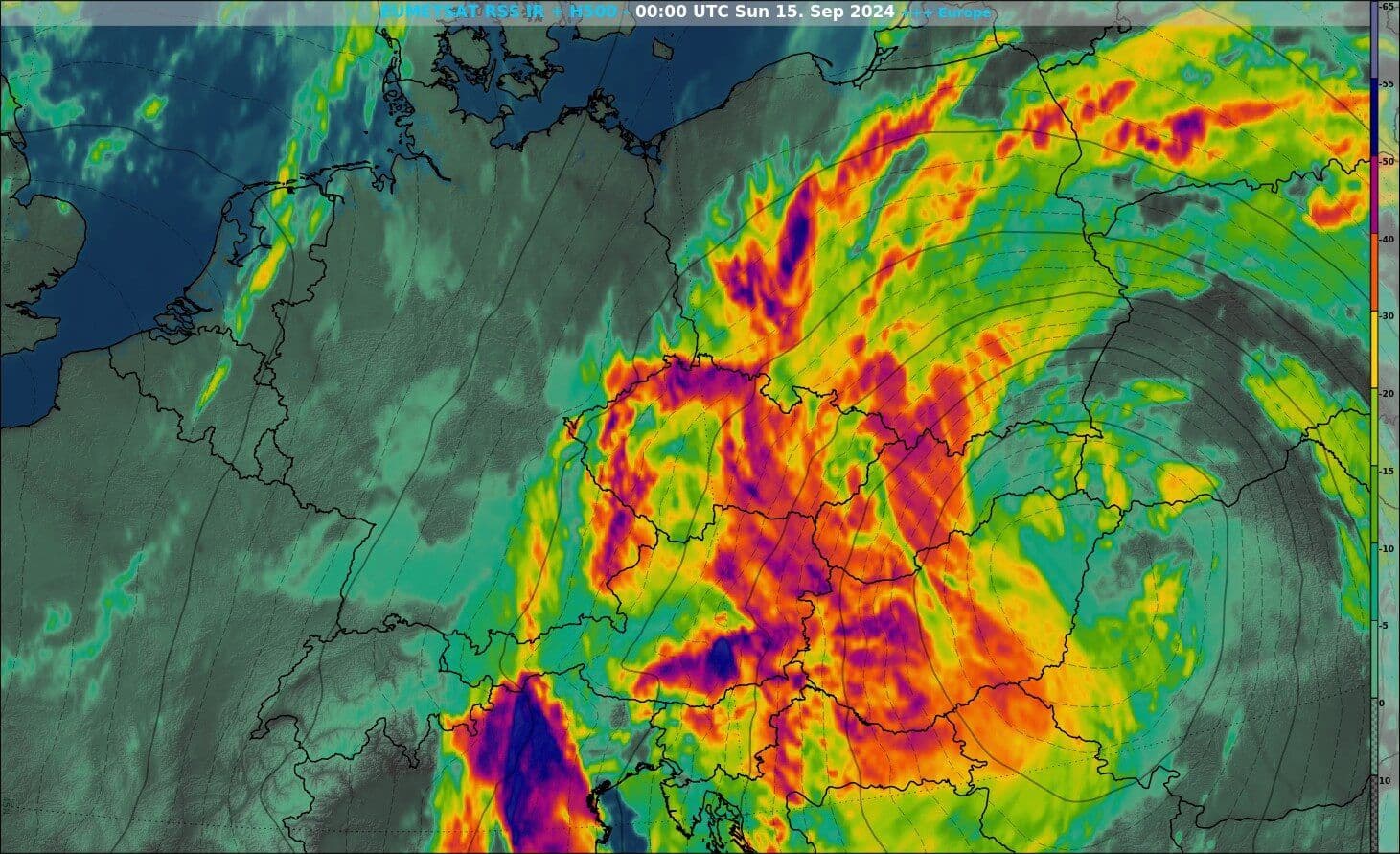
The Skies Unleashed: Austria's Latest Hail Barrage
Austria finds itself once again under the relentless assault of nature's fury, as a series of intense hailstorms and severe thunderstorms sweep across the nation. Just recently, the country braced for significant downpours and powerful gales under the influence of a persistent low-pressure system, expected to bring widespread showers and thunderstorms. Particularly the eastern half of , including popular holiday destinations, has been flagged for an elevated risk of severe weather. This isn't an isolated incident; the past year has seen a disconcerting uptick in extreme weather phenomena, from the widespread thunderstorms in June 2025 to powerful systems like 'Tief VEIT' and 'Tief Anett,' which brought heavy rain, flooding, and strong winds. Even a suspected tornado touched down in , underscoring the volatile atmospheric conditions. The alerts have been frequent, with 'red warnings' issued for areas like , signaling the immediate danger posed by these powerful, fast-moving storm cells. It seems the Alpine nation is experiencing a summer defined by dramatic shifts in its skies, leaving communities on high alert.
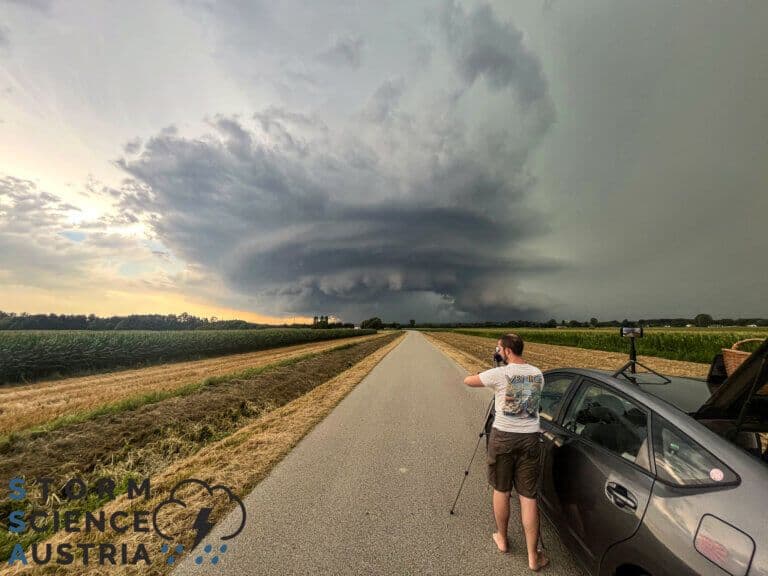
Decoding the Downpour: The Science Behind Austria's Supercells
What's driving this escalating intensity? The answer lies in the complex interplay of atmospheric dynamics, particularly the formation of multi- and supercell thunderstorms. is currently caught between cooler air masses over and exceptionally hot air from the south and southeast, creating a volatile air mass boundary. This collision provides the perfect recipe for energetic storms. While many of the expected thunderstorms will be multi-cell systems, capable of unleashing heavy rain, hail up to 4 cm in diameter, and wind gusts nearing 80 km/h, the real concern revolves around the potential for supercells. These rotating thunderstorms, like the one captured over , are meteorological powerhouses. Experts, including those from , warn that supercell formation is a distinct possibility, especially in the ( Basin). Should a supercell materialize, the hazards amplify significantly: expect even larger hail, potentially exceeding 5 cm, and destructive wind gusts topping 100 km/h. Understanding these distinctions is crucial, as the type of storm dictates the scale of the threat and the necessary response.
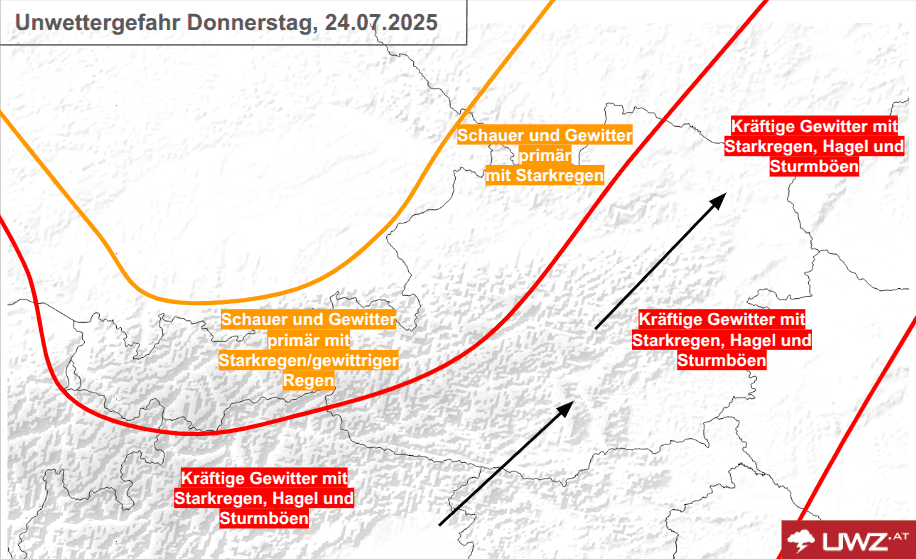
Ground Zero: Regions Bearing the Brunt of Nature's Fury
When these powerful storm systems unleash their might, certain regions consistently find themselves in the direct line of fire. While showers and thunderstorms are expected broadly across , the eastern half of the country, in particular, faces an elevated risk of severe weather. Specifically, the regions stretching from across , through , and up to the and , are frequently cited as hotspots for the most intense activity. and often see early morning storms pushing in from , setting the stage for afternoon developments. The , as discussed, is singled out for its heightened potential to spawn supercells, making it a critical area of focus for forecasters and residents alike. This geographical vulnerability is often due to the interaction of topography with incoming air masses, channeling and intensifying storm development. Knowing which areas are most susceptible allows for more targeted warnings and pre-emptive measures, although as recent events have shown, the reach of these storms can be extensive and unpredictable.
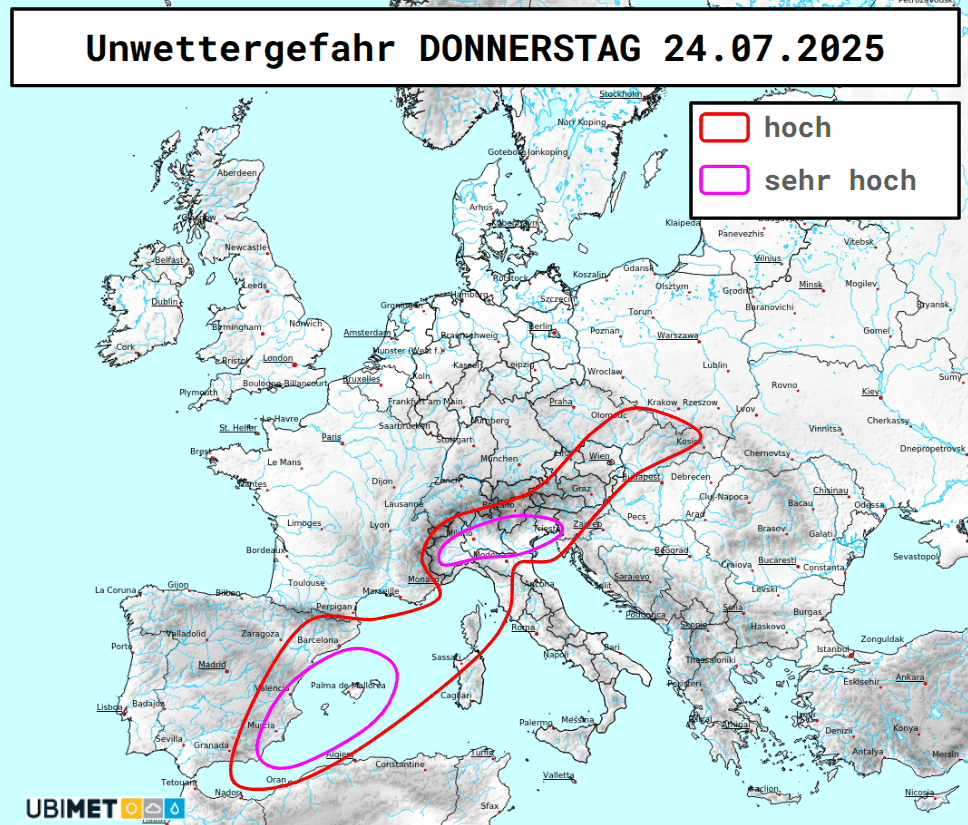
Beyond the Warnings: Adapting to a Stormier Future
Receiving a storm warning, whether it's an orange alert for powerful multi-cells or a yellow alert indicating localized risks, is just the first step. For Austrian communities, adapting to this increasingly stormy future means moving beyond merely being informed to proactively building resilience. The dangers are clear: torrential rainfall leading to flash floods, large hail causing extensive property damage, and severe wind gusts capable of toppling trees and infrastructure. While the immediate forecast suggests a potential easing of the situation after the current wave of storms, the overall trend of frequent, strong thunderstorms remains. This necessitates a shift in how communities plan and prepare. It could involve investing in more robust infrastructure, developing advanced early warning systems at a local level, educating the public on emergency protocols, and even considering changes to building codes or agricultural practices. The focus must be on mitigating damage and ensuring public safety, turning meteorological insights into actionable strategies for survival and recovery in a climate that appears increasingly volatile.
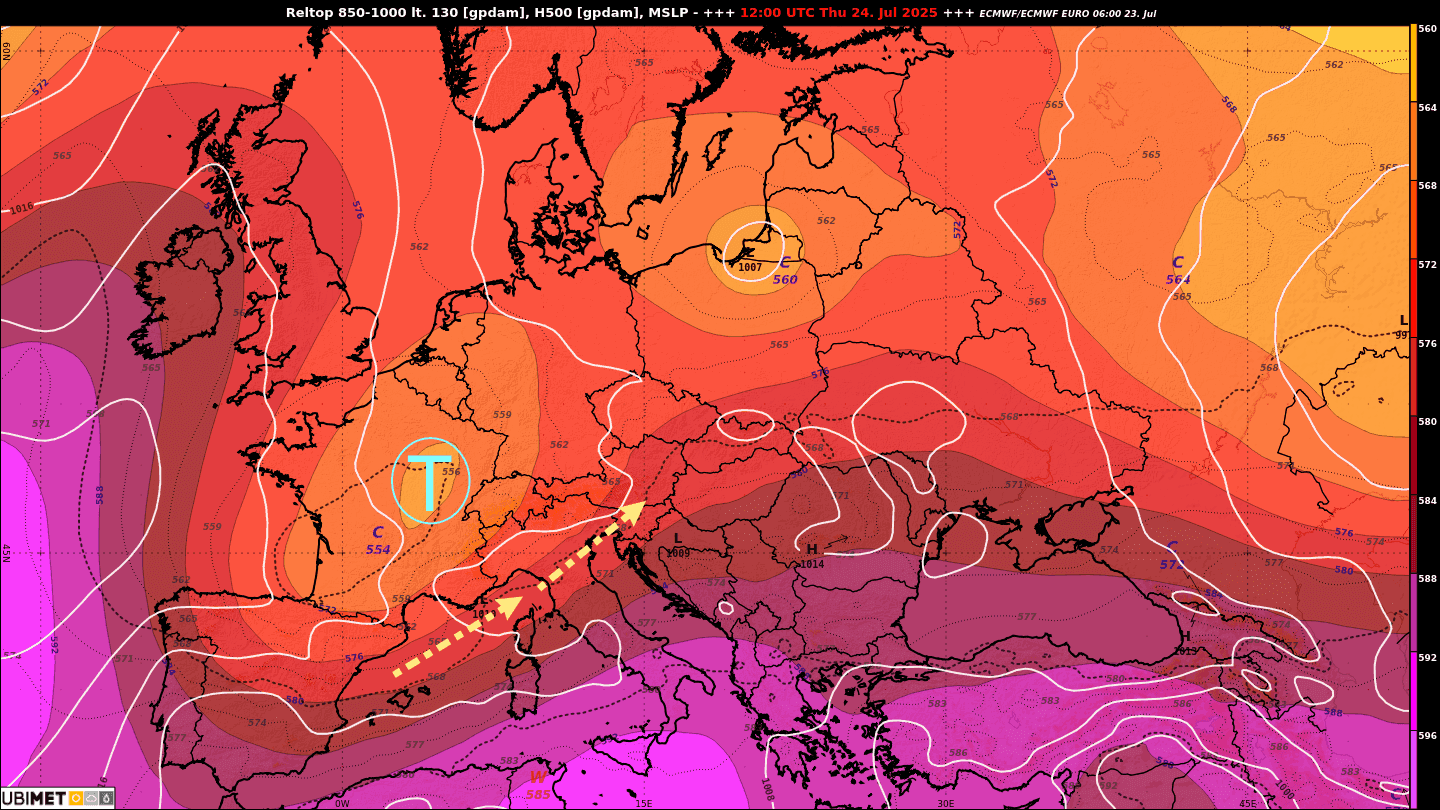
A Changing Climate? Austria's Escalating Weather Extremes
The recurring pattern of severe thunderstorms, large hail, and associated dangers like flash floods and strong winds in begs a fundamental question: Are these isolated incidents, or do they signal a deeper, more volatile climate reality for the Alpine region? The 'extremwetter' tag is appearing with alarming regularity in weather reports, highlighting a trend rather than just individual events. The persistent low-pressure systems, coupled with the stark temperature contrasts between cool air and scorching heat, provide the energetic fuel for these powerful storms. This atmospheric setup isn't entirely new, but its frequency and the intensity of the resulting phenomena seem to be escalating. Looking back at recent years, from significant storm events in July 2024 to widespread lightning activity and named low-pressure systems bringing widespread disruption, a clear pattern emerges. While no single event can be definitively attributed to climate change, the increasing incidence and severity of these 'unwetter' align with broader climate projections for regions globally. may well be experiencing the tangible effects of a warming planet, manifesting as more extreme and unpredictable weather patterns, demanding long-term adaptation and a re-evaluation of its climate resilience strategies.
Related Articles
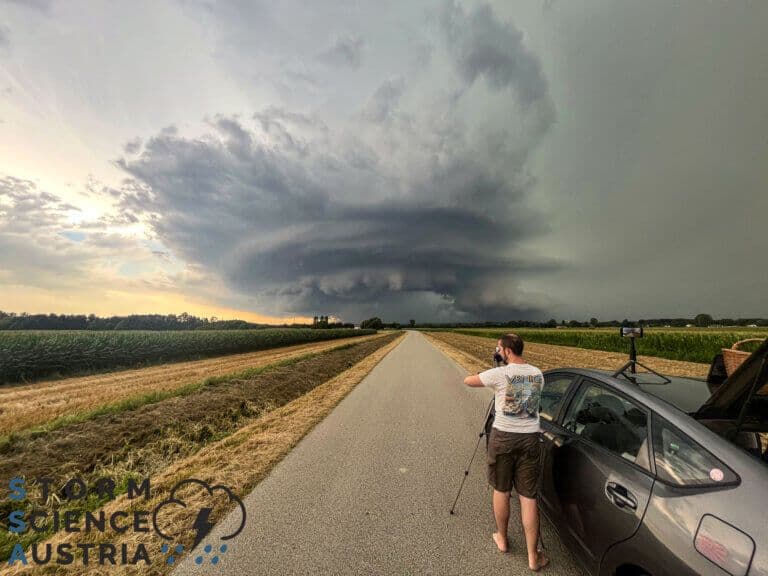
When Diamonds Fall from the Sky: Austria's Growing Battle with Destructive Hail

When Diamonds Fall from the Sky: Austria's Growing Battle with Destructive Hail

Alpine Anomalies: How Summer Storms Are Rewriting Switzerland's Weather Story

Alpine Anomalies: How Summer Storms Are Rewriting Switzerland's Weather Story

Alpine Fury Unleashed: Navigating Switzerland's Extreme Weather Resilience

Alpine Fury Unleashed: Navigating Switzerland's Extreme Weather Resilience
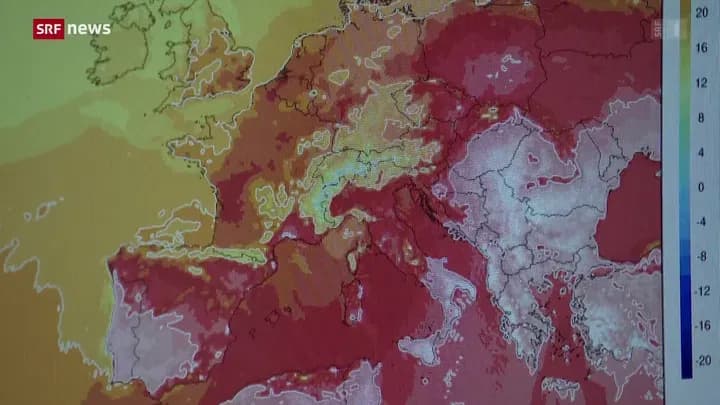
Italy's Summer Paradox: From Alpine Deluge to Sicilian Inferno
